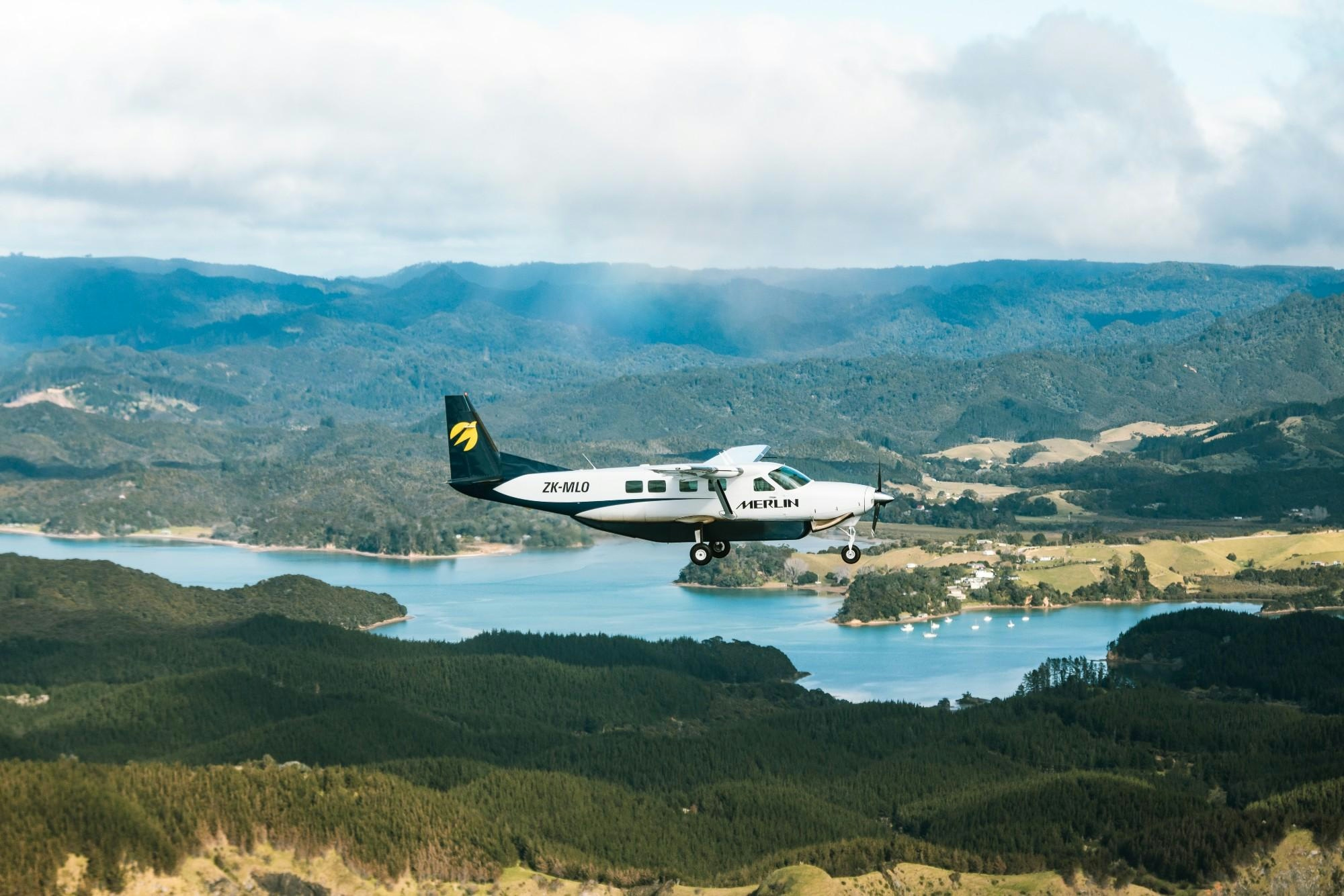
AeroGenie — Your Intelligent Copilot.
Trending
Categories
How AI Is Addressing Key Challenges in Aviation
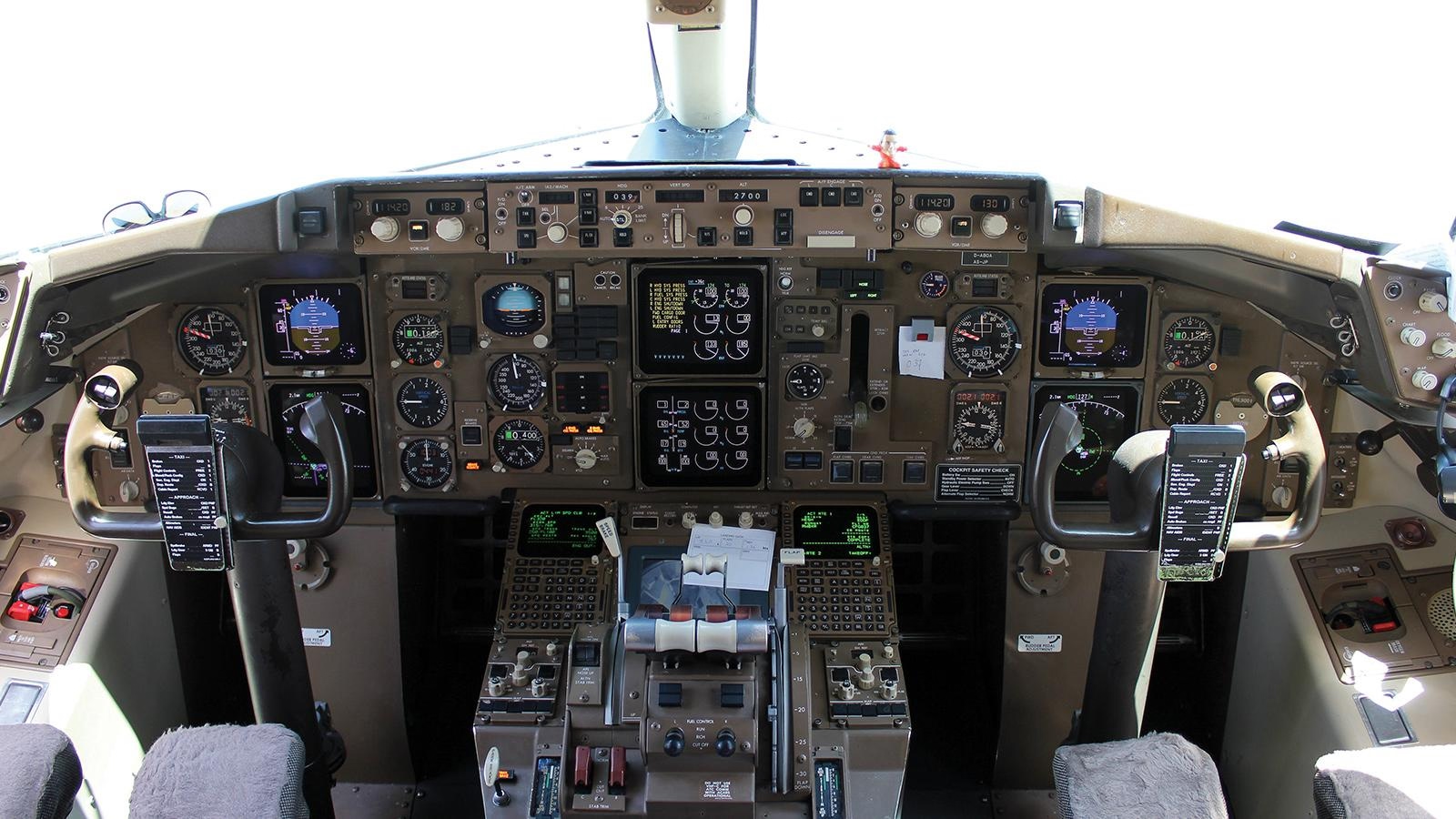
How AI Is Addressing Key Challenges in Aviation
The aviation industry is currently navigating a landscape marked by increasing operational complexity, driven by rising passenger demand and persistent workforce shortages. In response, artificial intelligence (AI) has transitioned from a futuristic concept to a practical tool delivering tangible improvements throughout the aviation operational cycle, from pre-flight planning to post-flight analysis.
Operational Challenges and AI-Driven Solutions
A recent report by OAG, in collaboration with Microsoft, identifies nine enduring operational challenges within aviation and highlights real-world AI applications that are already mitigating these issues. These innovations not only address immediate operational inefficiencies but also reflect broader industry trends, including heightened investment in AI technologies and intensified competition among airlines to adopt advanced digital tools.
One of the most pressing challenges is the widening labor shortage across critical roles. In the United States alone, there is a deficit of approximately 17,000 pilots, 12,800 mechanics, and 3,000 air traffic controllers, a gap projected to deepen over the next decade. AI is helping to alleviate this strain; for example, Japan Airlines’ JAL-AI Report app significantly streamlines post-flight reporting, reducing the time required from 60 to 20 minutes. This efficiency gain allows crew members to focus on other essential tasks, helping airlines manage with limited staffing.
Crew scheduling conflicts and last-minute shortages frequently disrupt flight operations, with traditional systems often unable to adapt dynamically. Air India’s Copilot-enabled flight operations assistant addresses this by enabling teams to reallocate crew swiftly through natural language queries, enhancing responsiveness and reducing avoidable delays.
Turnaround inefficiencies also pose a significant challenge, particularly for short-haul flights where turnaround times are often limited to just 60 minutes. Even minor delays can cascade across the network, affecting overall performance. Eindhoven Airport’s Deep Turnaround system, developed in partnership with Schiphol, employs AI and apron cameras to predict departure readiness and optimize crew coordination in real time, thereby improving operational flow.
Ground teams frequently lack real-time visibility into turnaround progress, complicating efforts to prevent delays from escalating. Assaia’s ApronAI, deployed at Rome Fiumicino Airport, uses video analytics to monitor turnaround events, enhancing readiness predictions and reducing delays by approximately 6%.
Maintenance processes have traditionally been reactive and time-consuming, with technicians required to navigate extensive documentation, which prolongs aircraft downtime. Textron Aviation’s “TAMI” assistant, powered by Microsoft Azure OpenAI Service, provides instant access to over 60,000 pages of maintenance data, accelerating troubleshooting and repair activities.
Broader Implications and Industry Response
Beyond these operational improvements, AI is increasingly being utilized to enhance regulatory compliance, safety monitoring, and overall efficiency within the aviation sector. The market response has been positive, with airlines and airports escalating investments in AI-driven solutions to maintain a competitive advantage. However, the rapid integration of AI technologies also raises concerns regarding the absence of standardized testing protocols and regulatory frameworks specific to AI models in aviation. Industry experts underscore the necessity for rigorous evaluation and oversight to ensure that AI systems remain safe, reliable, and transparent.
As AI continues to reshape the aviation landscape, its role is expanding beyond addressing immediate operational challenges. It is driving broader transformation by improving safety, efficiency, and the passenger experience, while simultaneously emphasizing the critical need for thoughtful regulation and the establishment of industry standards.
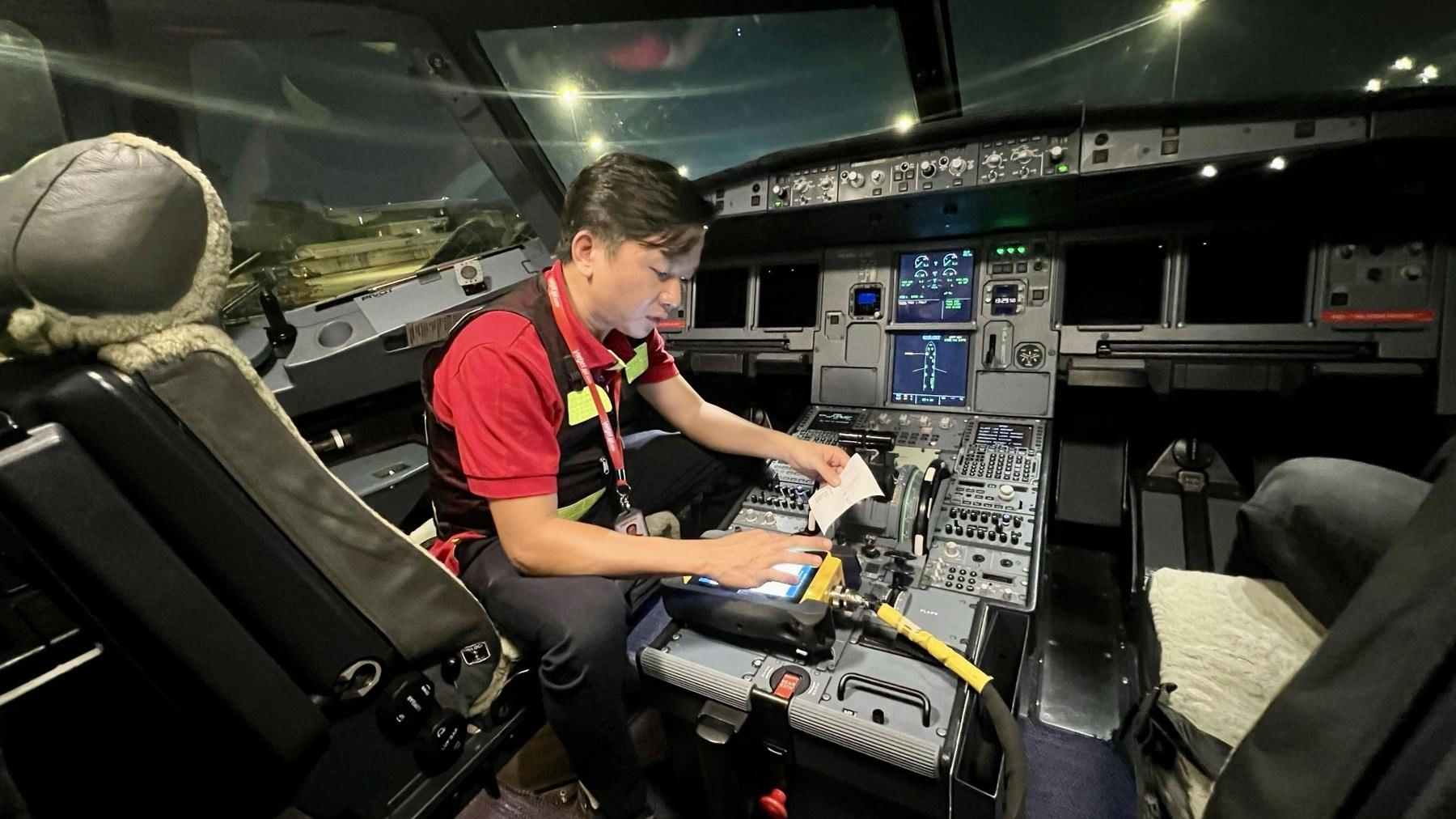
Inside Vietjet’s 32-Hour Emergency Response to Keep Airbus Fleet Operational
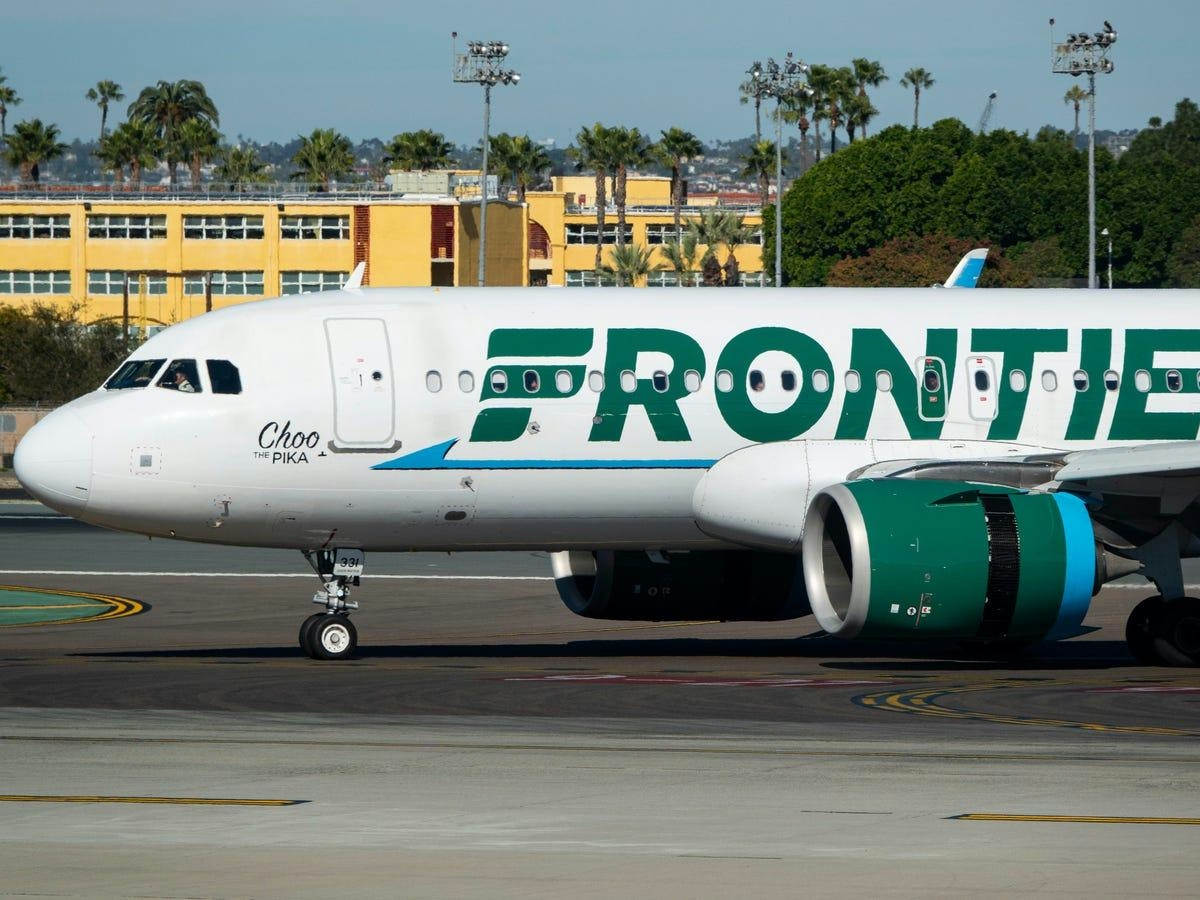
Frontier Airlines Airbus A321neo Returns to Cleveland After Engine Fire

Why the Boeing 777X Is Limited to a Single Engine Type
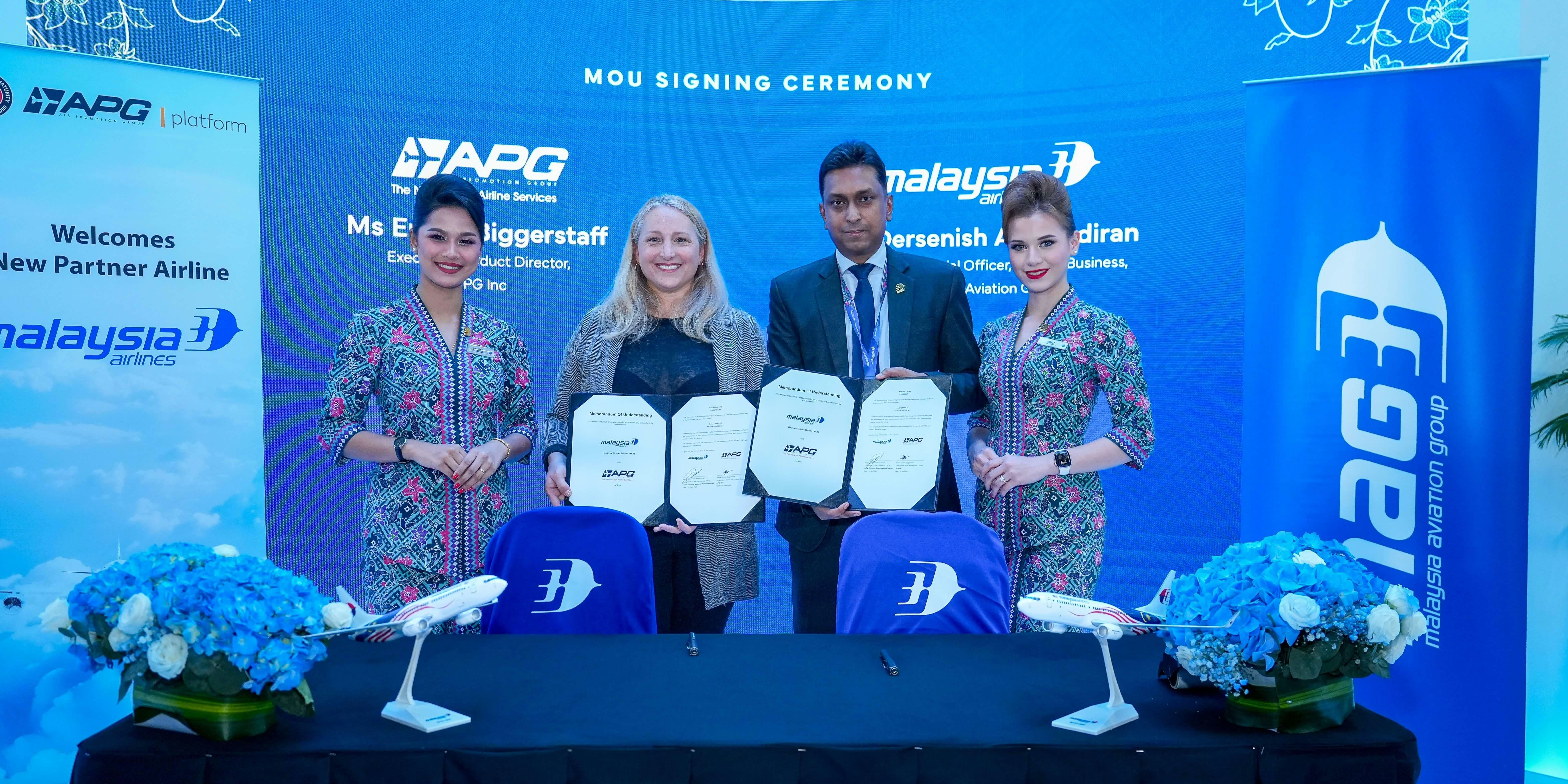
Malaysia Aviation Group Announces Long-Term Business Plan

TrueNoord Expands Executive Team

Hartzell Launches Sky-Tec Starter Line
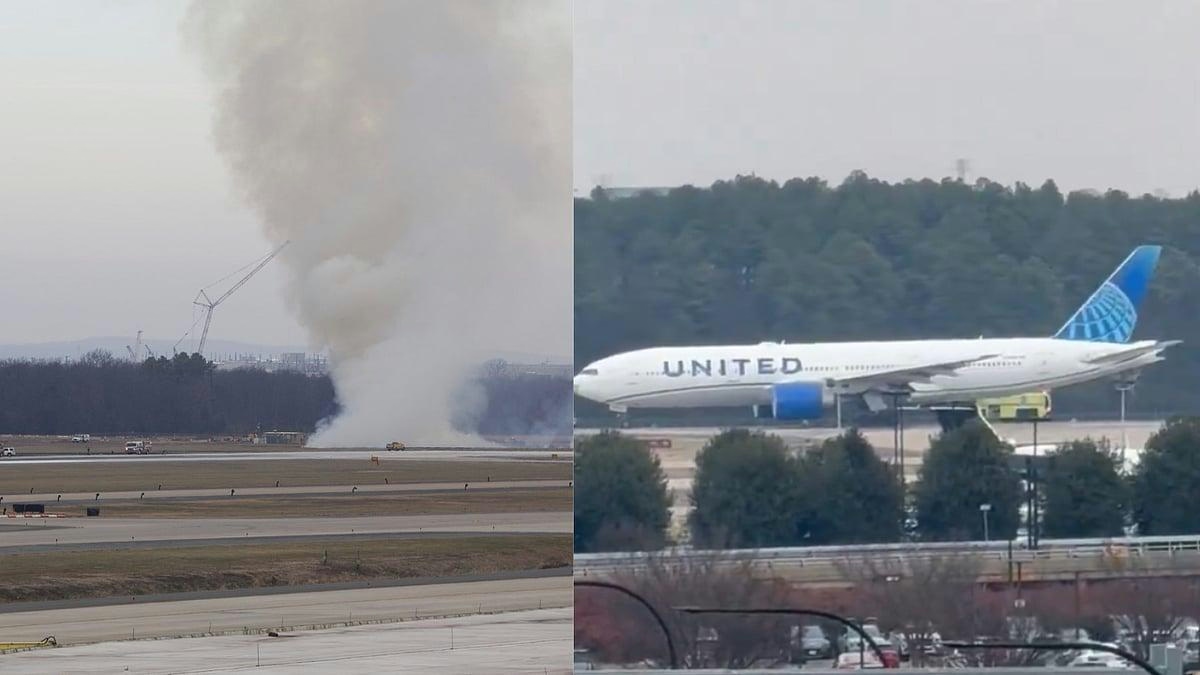
Boeing 777 Engine Failure Reported at Dulles Airport
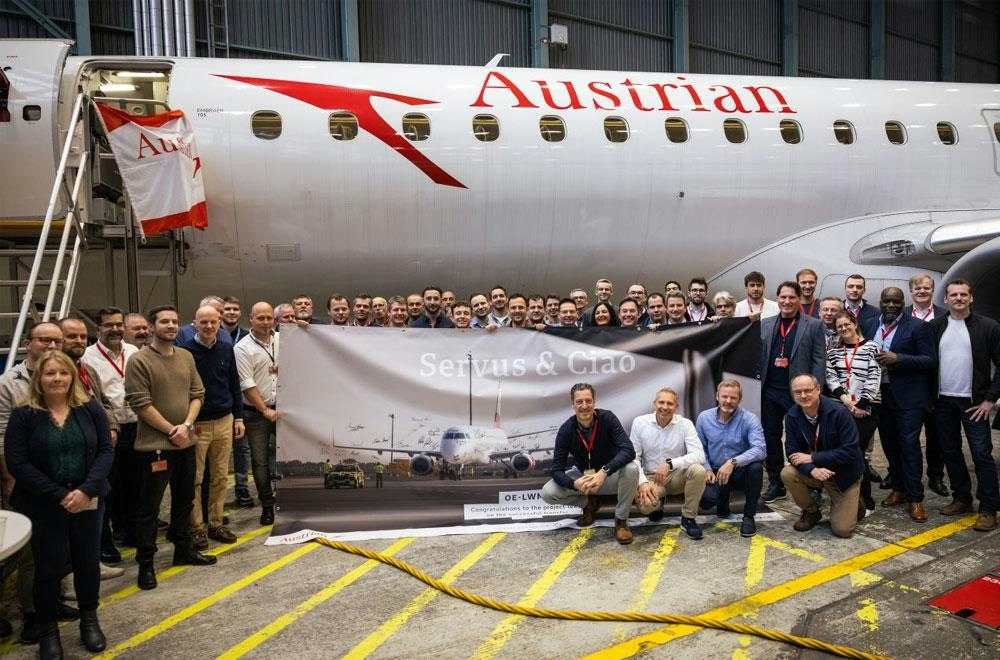
Austrian Airlines Transfers Embraer Fleet to Air Dolomiti
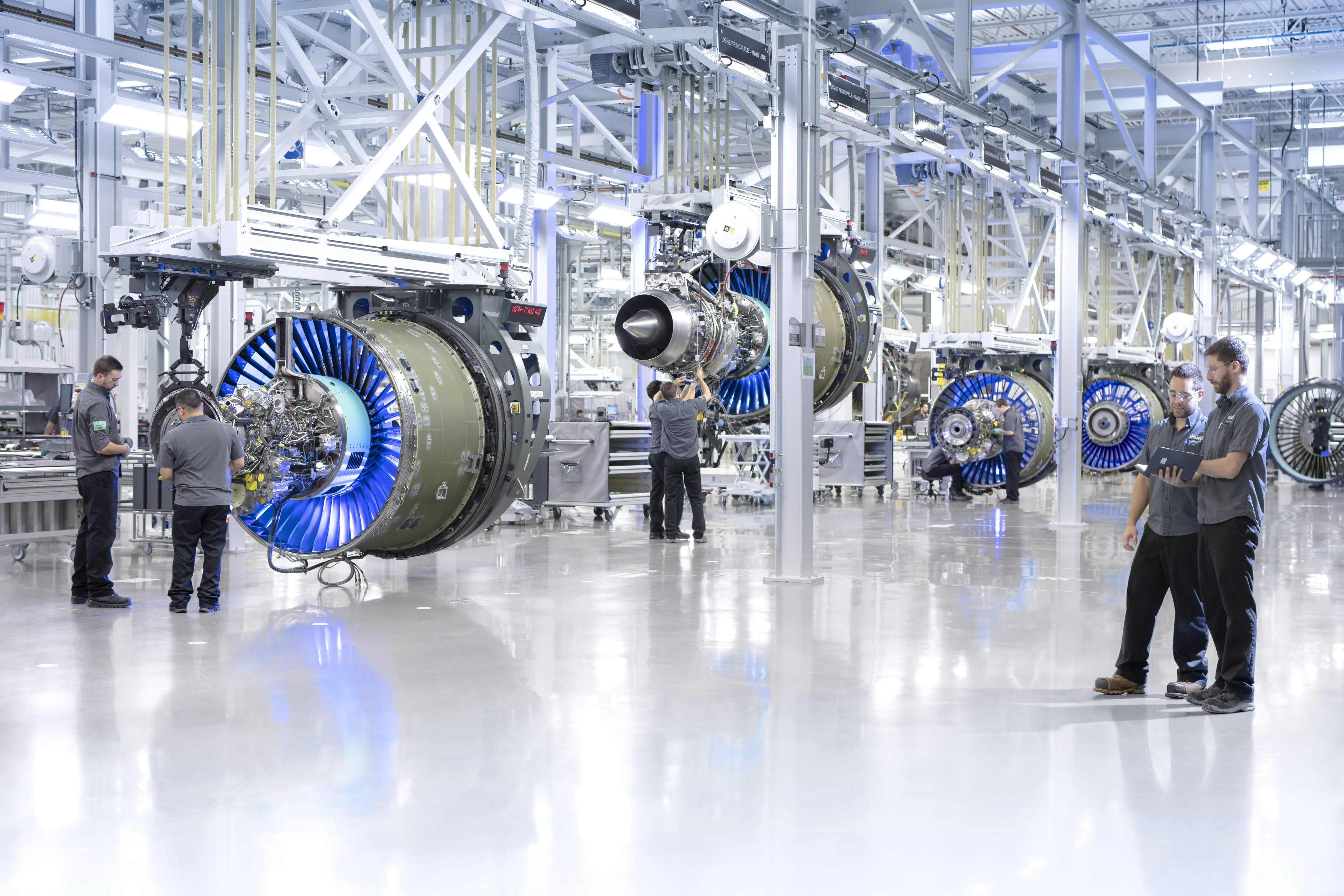
Airbus and Ingenium Open Aerospace Innovation Lab in Ottawa
